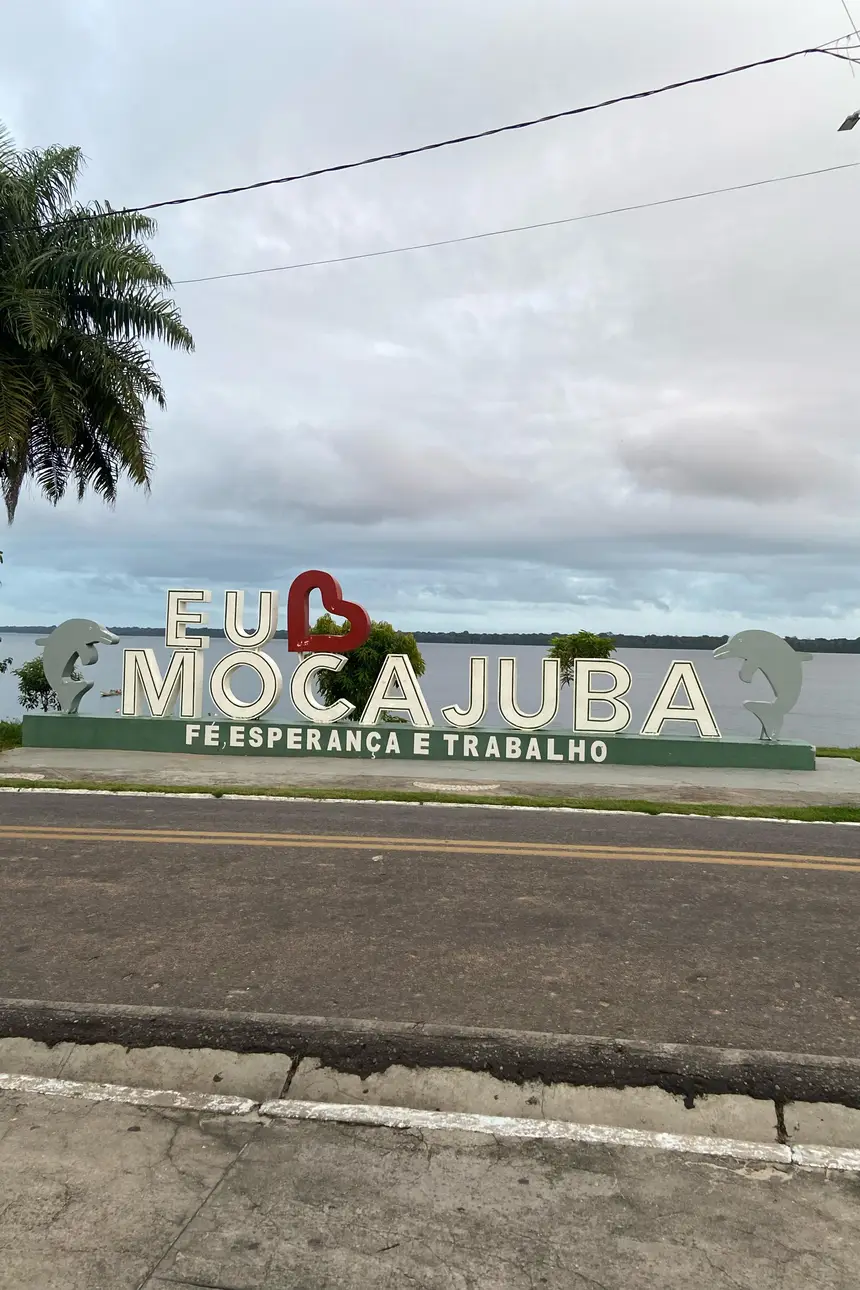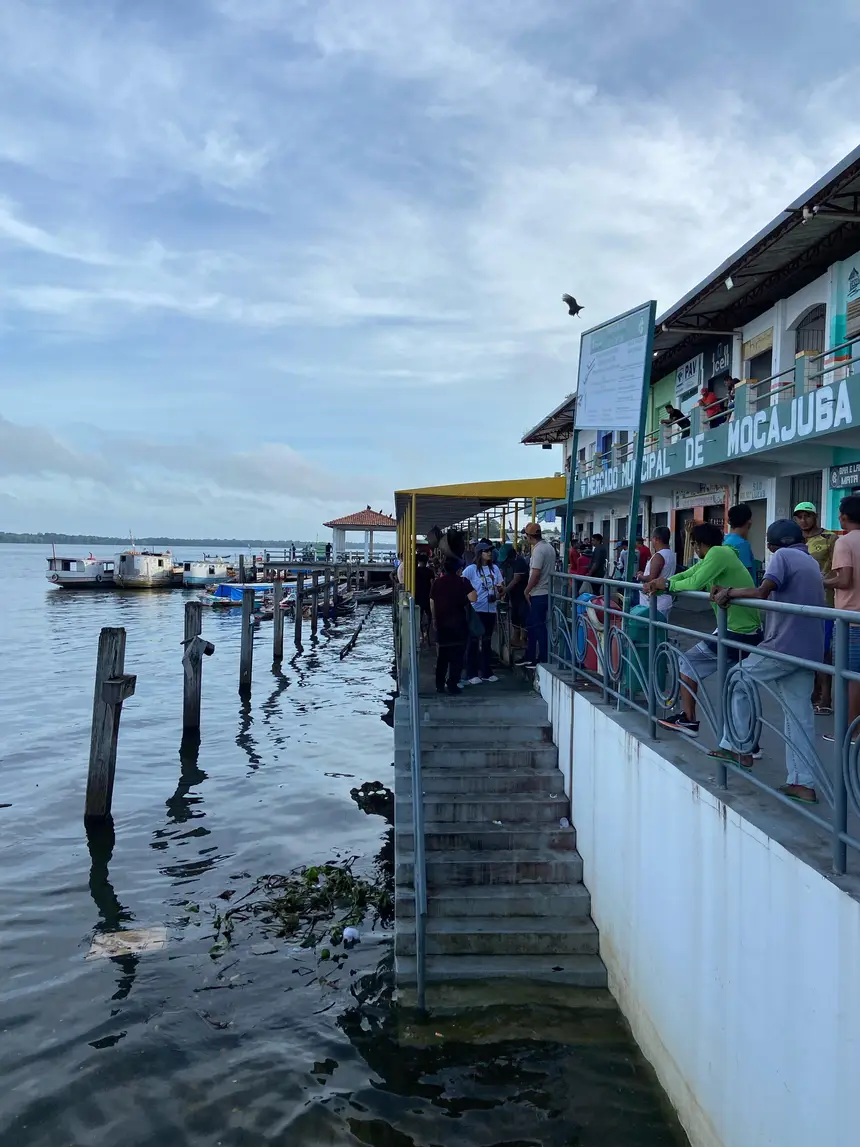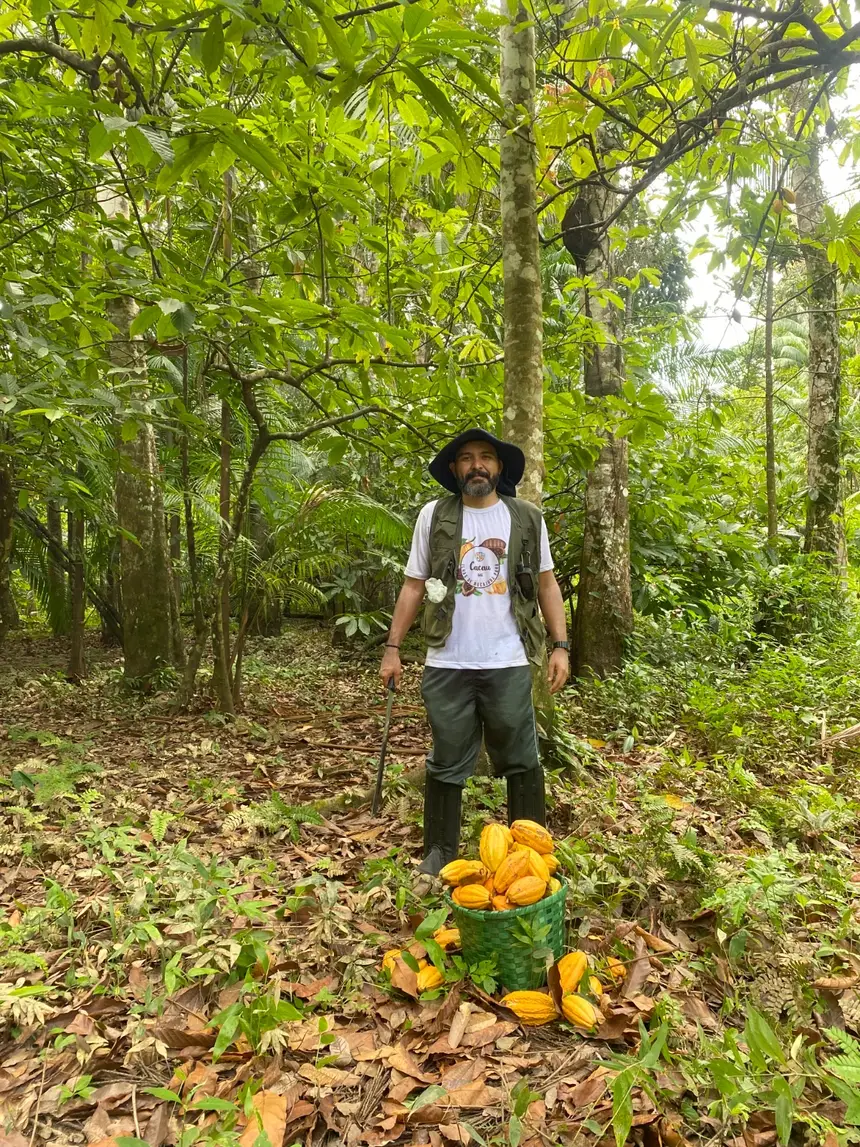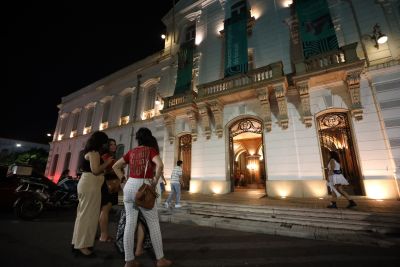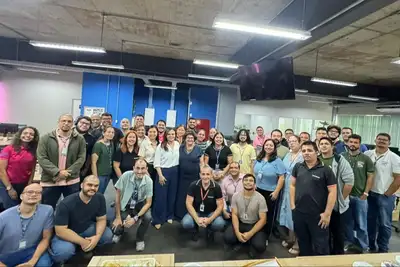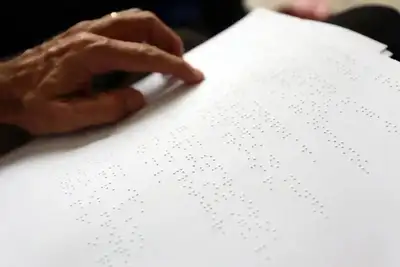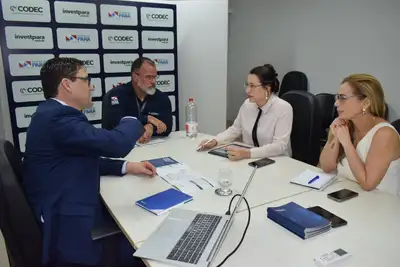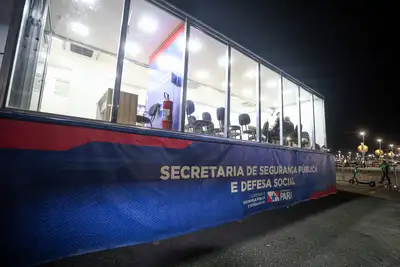Project funded by Fapespa promotes processing and quality of native floodplain cocoa
Through science, the project directly contributes to the regional bioeconomy, fosters sustainable practices, and promotes productive inclusion of riverside communities
From an interdisciplinary approach, the project for processing Amazonian cocoa optimizes all stages of the production chain of native floodplain cocoa. The work involves everything from the collection and analysis of the beans to the definition of appropriate protocols for harvesting, breaking, transportation, fermentation, drying, and storage.
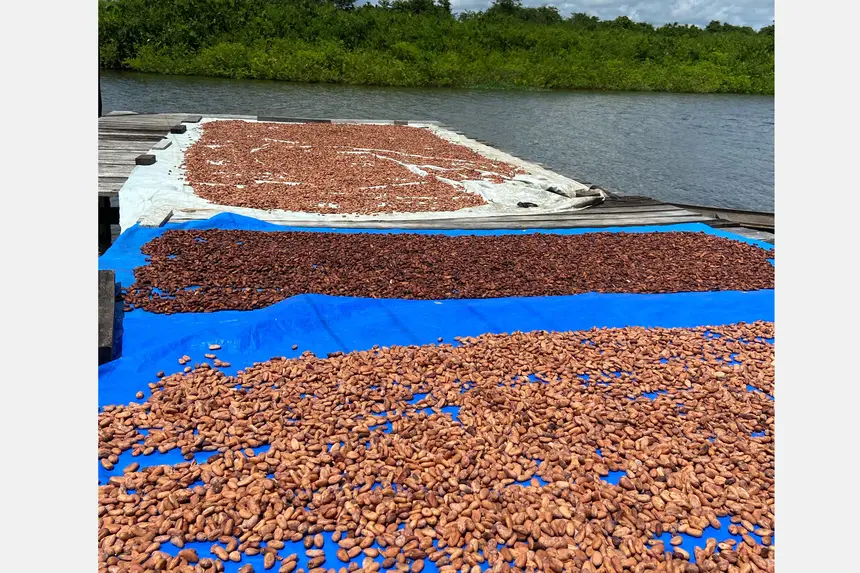
Thus, the study consists of a set of actions aimed at studying the primary processing and the physical, chemical, and biochemical properties of native cocoa beans, especially in floodplain areas. In addition, it provides for the creation of a Geographic Information System (GIS) about the producing islands in the municipality of Mocajuba, where agro-extractive activity plays a central role in generating income for riverside families.
Currently underway in the region of Mocajuba, Pará, the project's main objective is to define protocols for processing native floodplain cocoa beans. Developed with the technical and scientific support of the Amazon Foundation for Support of Studies and Research (Fapespa), the initiative aims to ensure the quality of the product, valuing its natural characteristics and promoting greater security for local producers.

The initiative is part of the project “Primary Processing, Physical and Chemical Properties of Native Cocoa Beans (Theobroma cacao) and Geographic Information System of Floodplain Islands” by professors Maria do Perpétuo Socorro Progene Vilhena and Maria José de Sousa Trindade. Funded by the Government of the State of Pará, through Fapespa, the execution involves partnerships with the Federal Rural University of the Amazon (Ufra), the Emílio Goeldi Paraense Museum (MPEG), and the Federal University of Pará (UFPA).
According to the responsible researcher, Profª Drª Maria do P. Socorro Progene, the project is dedicated to identifying bioactive compounds present in the beans, and their functional and antioxidant properties. In addition, a traceability information system is being structured to organize production in the small islands of the region, strengthening the production chain and contributing to the appreciation of Amazonian cocoa.
“The support from the state government through Fapespa was fundamental for the realization of this project, as it enables the mobilization of human, technical, and scientific resources to operate in a hard-to-reach area, such as the floodplain islands of Mocajuba. By investing in applied research and the appreciation of assets from Amazonian sociobiodiversity, Fapespa reaffirms its strategic role in promoting science, technology, and innovation in the state. This support has been essential to bring academic knowledge closer to the real needs of local producers, contributing to sustainable development and strengthening the Pará bioeconomy,” emphasized Profª Maria Progene.

Export - According to data collected by Fapespa, Pará is the largest producer of cocoa beans in Brazil, responsible for almost 145 thousand tons of agricultural production, which exceeds 53% of the entire national production, and has more than 31.5 thousand producers, with a large part of the fruit harvested in the state being based on family farming, through agroforestry systems (SAFs). Currently, the Amazon Foundation for Support of Studies and Research allocates R$ 2,535,079.20 to ten projects involving cocoa, seven of which are research projects and three support startups.
“One of the results of the project is the production of cookies with the residues from the cocoa bean shells, carried out and evaluated with chemical, microbiological results, and sensory analysis at the Cocoa Chocolate Festival Fair in 2024, with 300 people and a 95% acceptance rate for the market. This work was published in a book chapter: IV SICITAL – Symposium on Food Science and Technology. Title: Reuse of Agroindustrial Waste - Study on the Use of Cocoa Bean Shells in Cookie Production,” declared the researcher.
The initiative promoted the production of technical-educational materials, innovation in territorial management, and reuse of agroindustrial waste. Among the main results of the project are:
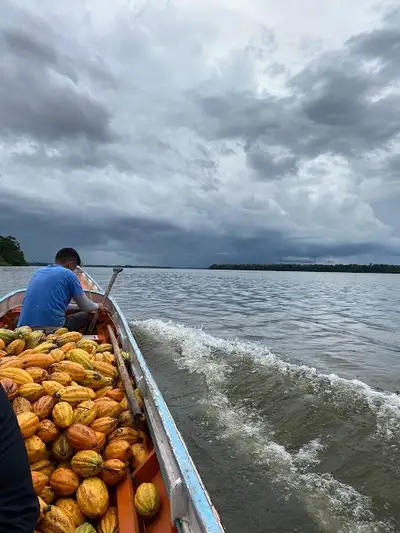
Technical-educational and scientific dissemination materials: five materials aimed at training farmers, scientific dissemination, and environmental education were produced:
*Guide to Primary Processing of Floodplain Cocoa from the Islands of Mocajuba, Pará: the guide provides accessible information to cocoa farmers and other interested parties in the primary processing of native floodplain cocoa, aiming to elevate the quality of the product and insert it into high-standard markets, such as organic, fine, and gourmet cocoa.
*Illustrated Guide to Macrofungi of the Floodplain Islands of Mocajuba: presents information about fungi that impact the flavor and functional properties of cocoa, such as Aspergillus, Penicillium, and Trichoderma, which are fundamental in the fermentation of the beans.
*Technical Handbook on Primary Processing of Cocoa: illustrated manual with detailed instructions on all stages of processing, including handling, breaking the fruit, fermentation, and quality control.
*Youth Educational Booklet “Adventures in the Islands of Mocajuba: Discovering Cocoa”: aimed at environmental education for children, encourages the preservation of the floodplain forest and values sustainable income alternatives such as cocoa farming.
*Digital documentary: produced with a focus on visual communication, portrays the reality of riverside communities and their relationship with cocoa.
*Technological innovation and territorial management: the project also implemented a Geographic Information System (GIS) to map cocoa production areas and support territorial planning of the floodplain islands. In partnership with the Emílio Goeldi Paraense Museum (MPEG) and coordinated by Dr. Marcelo Thales, the initiative integrated satellite images, field data, and technologies such as LiDAR (Light Detection and Ranging). This approach allows for the precise identification of areas cultivated with cocoa in forests or agroforestry systems, overcoming limitations of conventional methods. The structural metrics validated with field data can be used for environmental monitoring and sustainable production management.
*Valuation of Amazonian cocoa and reuse of waste: the evaluation of the results of primary processing seeks to add value to Amazonian cocoa and adapt it to the demands of specialized markets. As part of the proposal for the integral use of production, a cookie was developed using residues from cocoa bean shells, contributing to waste reduction and strengthening the local bioeconomy.


